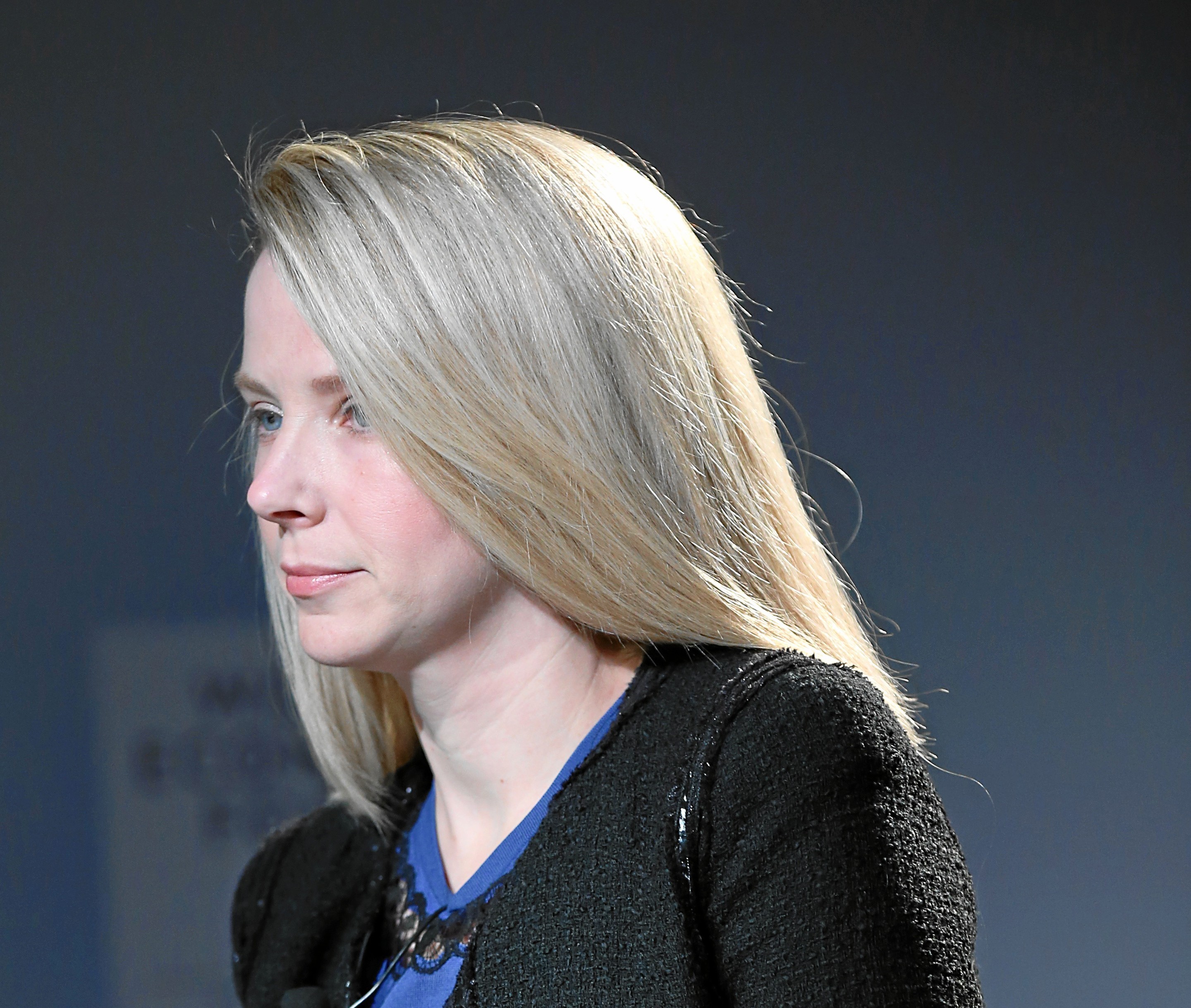Yahoo implements more restructuring
Despite continued speculation over its future as an independent company, Yahoo is moving ahead with its reorganisation plans, consolidating several business units.

Yahoo has unveiled the third stage of its business reorganisation plan, as the company tries to reassert itself as a standalone company in the wake of Microsoft's failed takeover bid.
The latest business changes involve consolidating the management of several separate consumer services into a new "audience organisation," according to Yahoo president Sue Decker.
The move, following similar changes to Yahoo's advertising business and the elevation of Decker and chief executive Jerry Yang to power over the past year, is aimed at better capitalising on the growth of web advertising and exploiting Yahoo's large audience.
Yahoo boasts more than 500 million visitors to sites ranging from email to search to finance, news and sports.
A new US regional division will be led by Hilary Schneider, who had run the global partner solutions group in charge of the company's advertising. Yahoo also created an "insights strategy team," whose leader has yet to be named.
The US group will work in parallel with three existing international business units for Asia, Europe and emerging markets. No management changes were made there, Decker said.
The new teams being created will all report to Decker.
Get the ITPro daily newsletter
Sign up today and you will receive a free copy of our Future Focus 2025 report - the leading guidance on AI, cybersecurity and other IT challenges as per 700+ senior executives
In addition, Ari Balogh, who joined as chief technology officer five months ago, has taken on increased powers and will consolidate separate technology platforms used to run different consumer services into a group led by Venkat Panchapakesan.
The changes were preceded by some top executive departures. Yahoo leaders and outgoing executives said the exodus was due to a variety of motives, with many leaving for personal reasons and only a few departures related to the latest reshuffle.
In organisational chart terms, Decker now has four regional divisions instead of three. Marketing products, mobile internet and corporate marketing are unchanged while the Audience division replaces what had been the Yahoo Network group and Schneider's partnership division folds into other functions.
Several Wall Street analysts said the reorganisation emphasizes Decker's growing power at Yahoo.
"It begs the question, what is Jerry Yang doing?" Sanford C Bernstein analyst Jeffrey Lindsay said. "It looks like there has been a significant shift in power towards Ms. Decker."
"Clearly if there are three new groups reporting to her that would suggest to us that she's taking a larger role in operations," he said.
Canaccord Adams analyst Colin Gillis agreed, saying: "We certainly see Sue taking an increasingly active role in the company and Jerry probably likes his Chief Yahoo title after what's been a very gruelling year."
In a statement, Yang said the latest changes would help Yahoo capitalise on the convergence of the two primary types of web advertising - search and display ads. Users see search ads alongside keyword search results, while display ads, preferred by many corporate brand marketers, run on content pages.
Decker said a restructuring of the consumer-facing side of the business and recent executive departures did not reflect a broader change of power within Yahoo's senior ranks.
-
 Cleo attack victim list grows as Hertz confirms customer data stolen
Cleo attack victim list grows as Hertz confirms customer data stolenNews Hertz has confirmed it suffered a data breach as a result of the Cleo zero-day vulnerability in late 2024, with the car rental giant warning that customer data was stolen.
By Ross Kelly
-
 Lateral moves in tech: Why leaders should support employee mobility
Lateral moves in tech: Why leaders should support employee mobilityIn-depth Encouraging staff to switch roles can have long-term benefits for skills in the tech sector
By Keri Allan
-
 Verizon loses billions in Yahoo and AOL sale
Verizon loses billions in Yahoo and AOL saleNews The deal marks the end of Verizon’s attempts to break into the digital content business
By Mike Brassfield
-
 Ex-Yahoo and Equifax CEOs to testify before Senate over data breaches
Ex-Yahoo and Equifax CEOs to testify before Senate over data breachesNews Hearing will determine what more could have been done to prevent the hacks
By Dale Walker
-
 US judge rules that Yahoo must face litigation by data breach customers
US judge rules that Yahoo must face litigation by data breach customersNews Yahoo customers could have protected themselves if it hadn't taken so long to notify them of the breach
By Zach Marzouk
-
 Verizon completes acquisition of Yahoo as Mayer quits
Verizon completes acquisition of Yahoo as Mayer quitsNews CEO Marissa Mayer leaves Yahoo, whose brands will now be part of Oath
By Joe Curtis
-
 Yahoo/Verizon deal agreed as 2,100 employees face the axe
Yahoo/Verizon deal agreed as 2,100 employees face the axeNews The deal will now see CEO Marissa Mayer depart with $264 million
By Dale Walker
-
 Verizon Yahoo acquisition expected to close in June
Verizon Yahoo acquisition expected to close in JuneNews CEO Mayer confirms expected closing date
By Zach Marzouk
-
 Verizon 'will pay $5 billion for Yahoo'
Verizon 'will pay $5 billion for Yahoo'News Fading search giant will feed Verizon's hunger for customer data
By Joe Curtis
-
 Marissa Mayer will receive £40m payout if Yahoo tanks
Marissa Mayer will receive £40m payout if Yahoo tanksNews Yahoo CEO's severance package revealed as web giant goes up for sale
By Clare Hopping